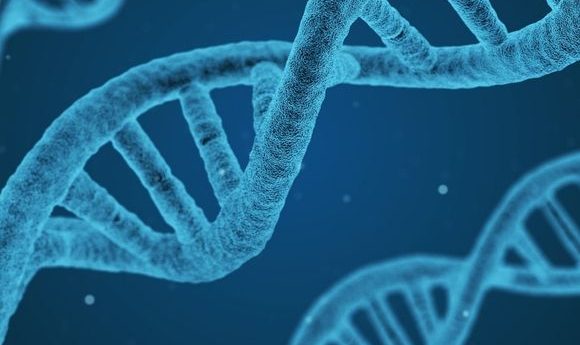Gene expression noise could trigger stem cell differentiation

A novel method for measuring gene expression noise using single-cell RNA sequencing data has demonstrated that noise may be controlling stem cell differentiation.
During cell development, essential genes, such as transcription factors, are often weakly expressed in cell differentiation and can exhibit high variability. This is referred to as ‘biological noise’. It is theorized that gene expression noise is a decisive factor for cell fate, but differences in the expression of these genes are difficult to detect in the data.
Now, Dominic Grün, a researcher from the Max Planck research group at the University of Freiburg (Germany), has devised a method to measure gene expression noise across groups of very similar or related cell states. He hopes that this will provide a greater insight into the extent to which noise regulates cell development.
“Currently available analysis methods are almost exclusively focused on quantifying and interpreting gene expression levels within an individual cell. But the biological implications of gene expression noise during cell differentiation and cell state transitions have not been explored in depths,” commented Grün.
The novel computational method, known as VarID, involves an algorithm that is able to quantify the dynamics of gene expression variability from single-cell RNA-sequencing data. Therefore, it identifies locally homogenous neighborhoods with differential gene expression variability.
- RNA Sequencing; as accurate as once believed?
- HPV-RNA Seq: a powerful diagnostic technique for cervical cancer?
- End-to-end solution for gene expression profiling and RNA-based discovery now available
With the VarID method, it is possible to investigate the dynamics of gene expression noise throughout the differentiation of stem cells into mature cells. This can show how much development is controlled by the gene expression noise and if it is even necessary for cellular differentiation.
“Many diseases, such as cancer, arise because cells do not fully develop from the stem cell to maturity. Instead, they remain in a precursor stage and proliferate uncontrolled,” explained Grün. “We want to understand what happens in the cell when development is perturbed in such a way. Therefore, we came up with unique algorithms for processing and analysis of single-cell data.”
Grün utilized the VarID method to track the activity of essential transcription factors during red blood cell development in mice. He found that these essential transcription factors are lowly expressed but highly variable in blood stem cells, suggesting that they are responsible for triggering differentiation.
“The VarID method opens the door to shed light on the role of gene expression noise during stem cell differentiation. Since we are now able to read in the noise of stem cell differentiation, we hope to discover how this process is controlled to better understand how noise regulates cell fate decisions,” Grün concluded.